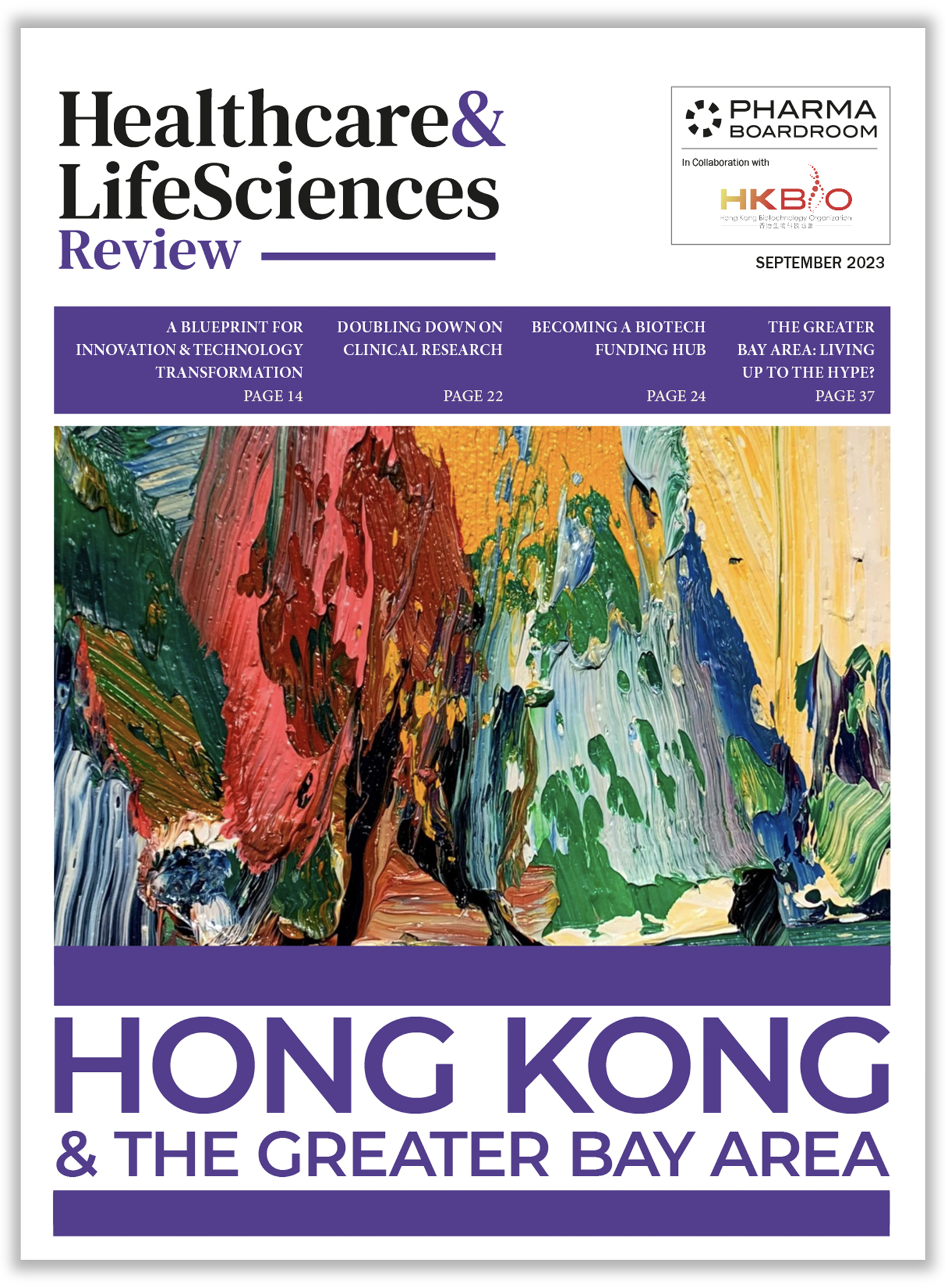As the European Union’s largest beneficiary of the Next Generation EU (NGEU) package, aimed at boosting the EU’s economy following the COVID-19 pandemic, Italy will receive some EUR 235 billion in grants and loans over the lifetime of its National Recovery and Resilience Plan (NRRP). With respect to healthcare, the ambitious goals set by the plan reveal the country’s awareness that this is perhaps a once in lifetime opportunity to transform the Italian system.
Set to implement reforms through six missions, one of the NRRP’s key task areas is dedicated specifically to health, although many of the other missions are directly or indirectly related to it. Apart from strengthening local prevention and health services and modernizing and digitalizing the public health system, a central aim of the plan is to ensure equal access to care across the Italian territory.
The minister of health, Roberto Speranza has said of the NRRP: “The pandemic has highlighted structural problems that need to be addressed. I think that a courageous reform of the National Health Service is deeply needed, in order to overcome the limits and difficulties of the Italian health system.”
A focus on proximity
The first strategy looks to bring medicine closer to patients by improving the integration between hospital-based and community-based healthcare services. “The key word of the reform plan must be proximity, a health service capable of being as useful as possible in the immediate needs of citizens,” said Speranza.
The plan will steer clear of big hospitals, which were saturated during the COVID-19 pandemic, in favour of primary care. “Today we must pursue this basic idea: acute pathologies in hospitals, primary care and assistance in the territory. We must build a circular healthcare system in which the patient/citizen is always at the centre. It is the structures that revolve around the citizen,” the minister said.
Specifically, over 1, 000 community homes and almost 400 smaller-scale community hospitals are planned as well as some 600 local operational centres for remote assistance. Home care capabilities are also called to be strengthened to reach 10 percent of the country’s 65+ population.
Innovation and digitalization
Within the NRRP, considerable resources have been allocated to innovation and digitalization. The goal is to renew existing technological and digital healthcare structures, dedicating substantial funds to the digital transition of the healthcare system.
In particular, completion and systematic use of the Personal Electronic Health Record (PEHR), a system for tracking the general public’s health history and sharing it with healthcare professionals, is a key focus area. Essential Levels of Assistance (LEA), the services and benefits the National Health Service provides all citizens, is additionally set to be monitored and improved through more effective information technology tools and systems.
Overcoming disparities
Embedded among these goals, is the NRRP’s recognition of the need to address inequalities in the provision of healthcare, such as the long waits for critical interventions in many Italian regions due to a lack of integration between hospital-based and community-based health services.
These disparities have historically, according to the health minister, made “the right to care not the same for everyone,” and that right “must be guaranteed regardless of income, social, territorial, and age conditions.”



